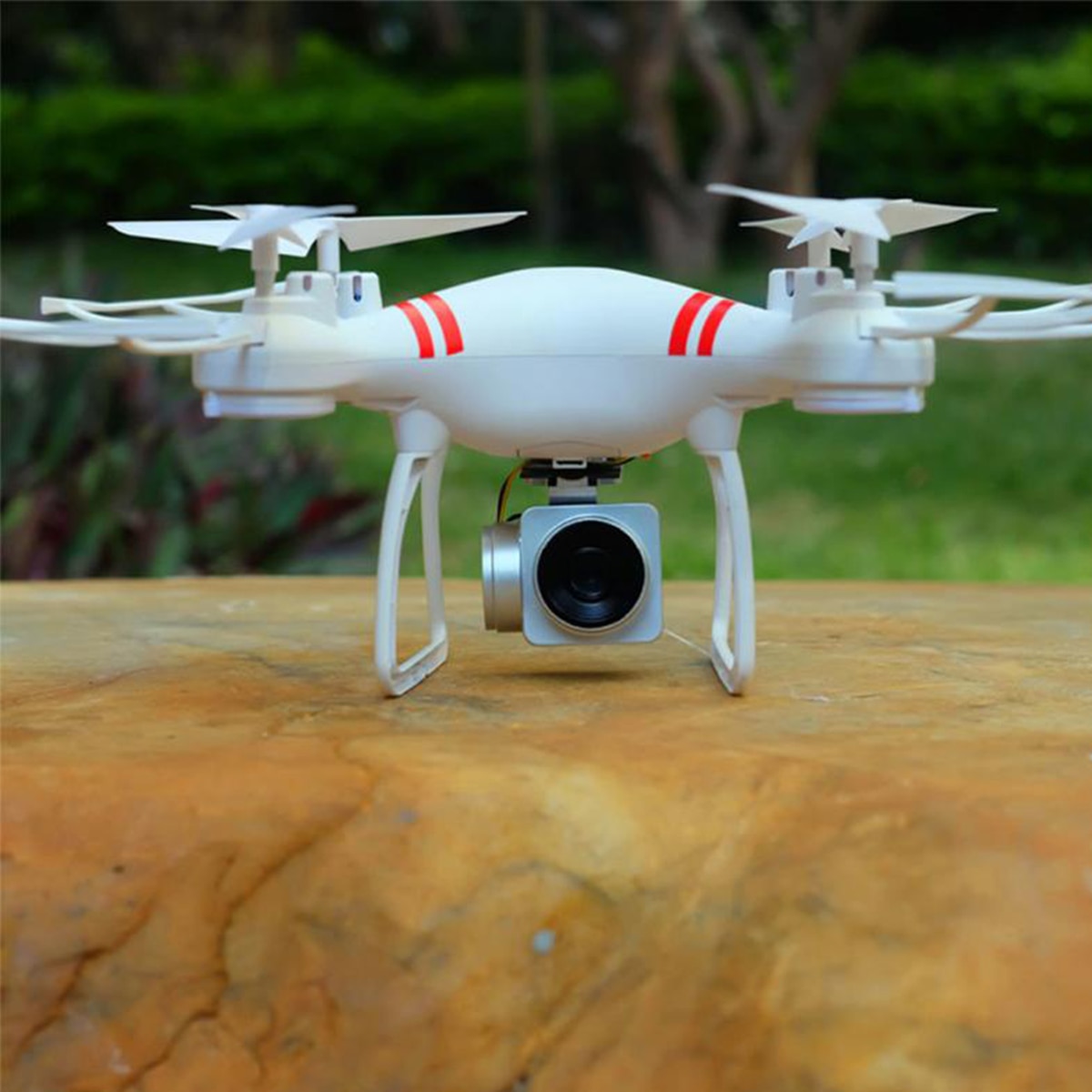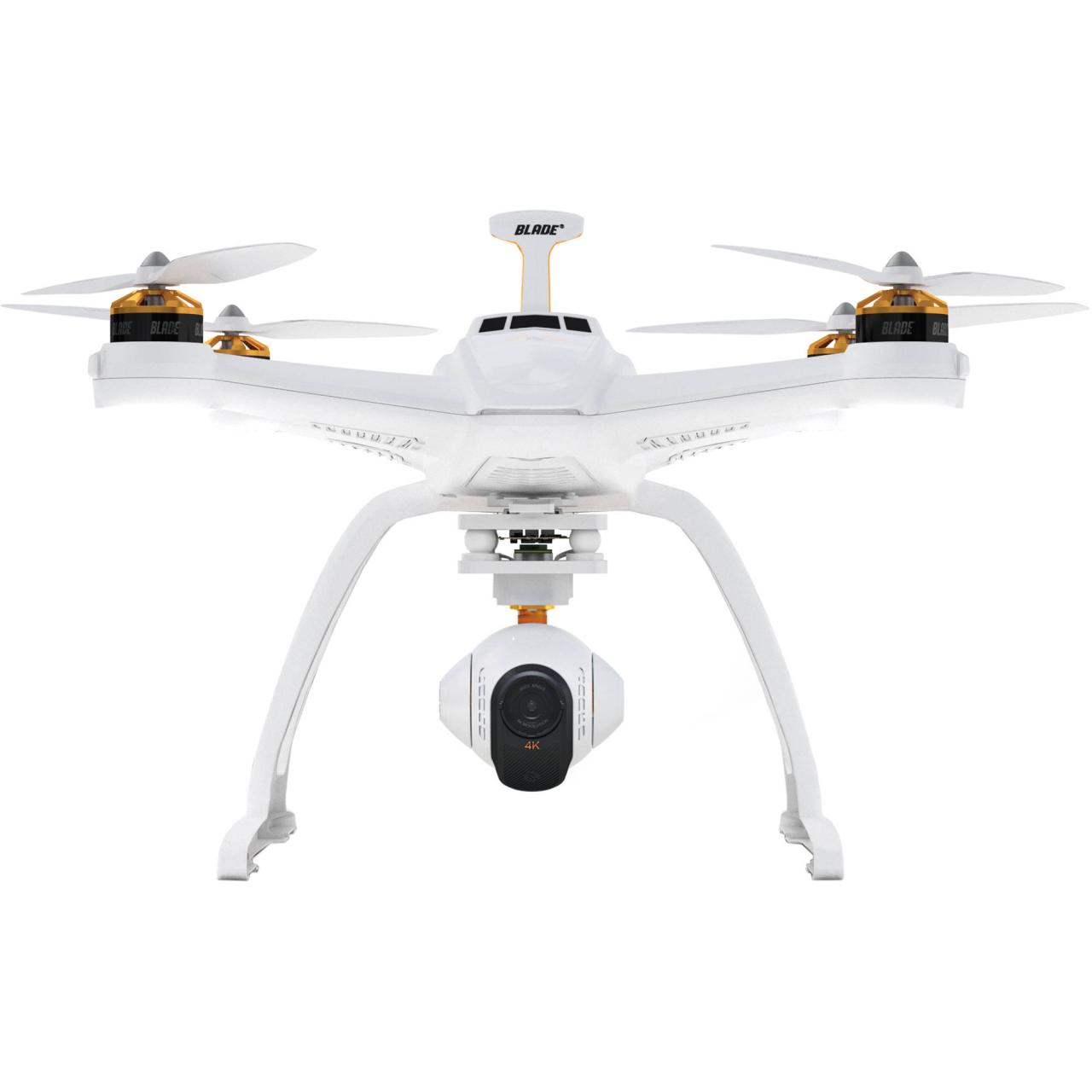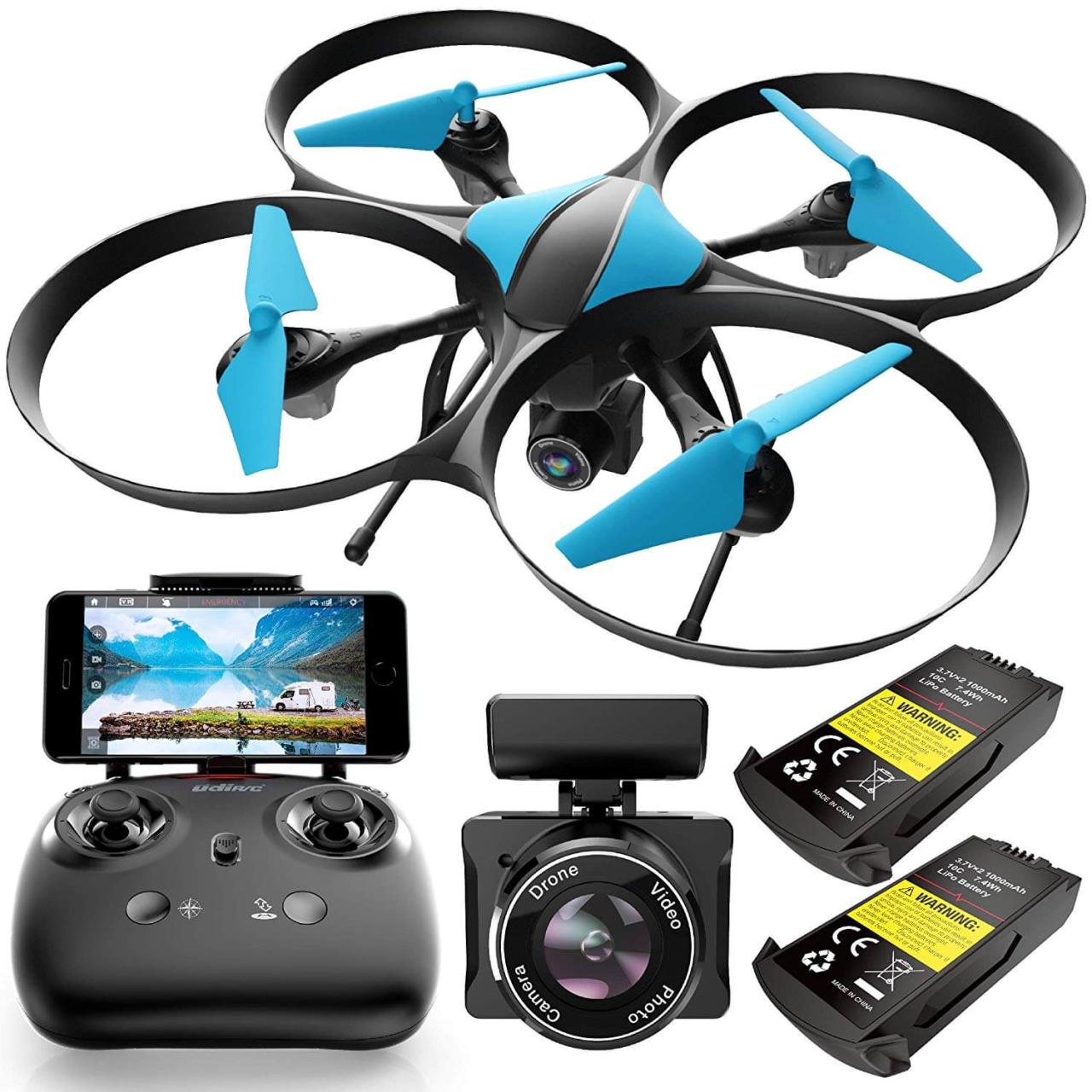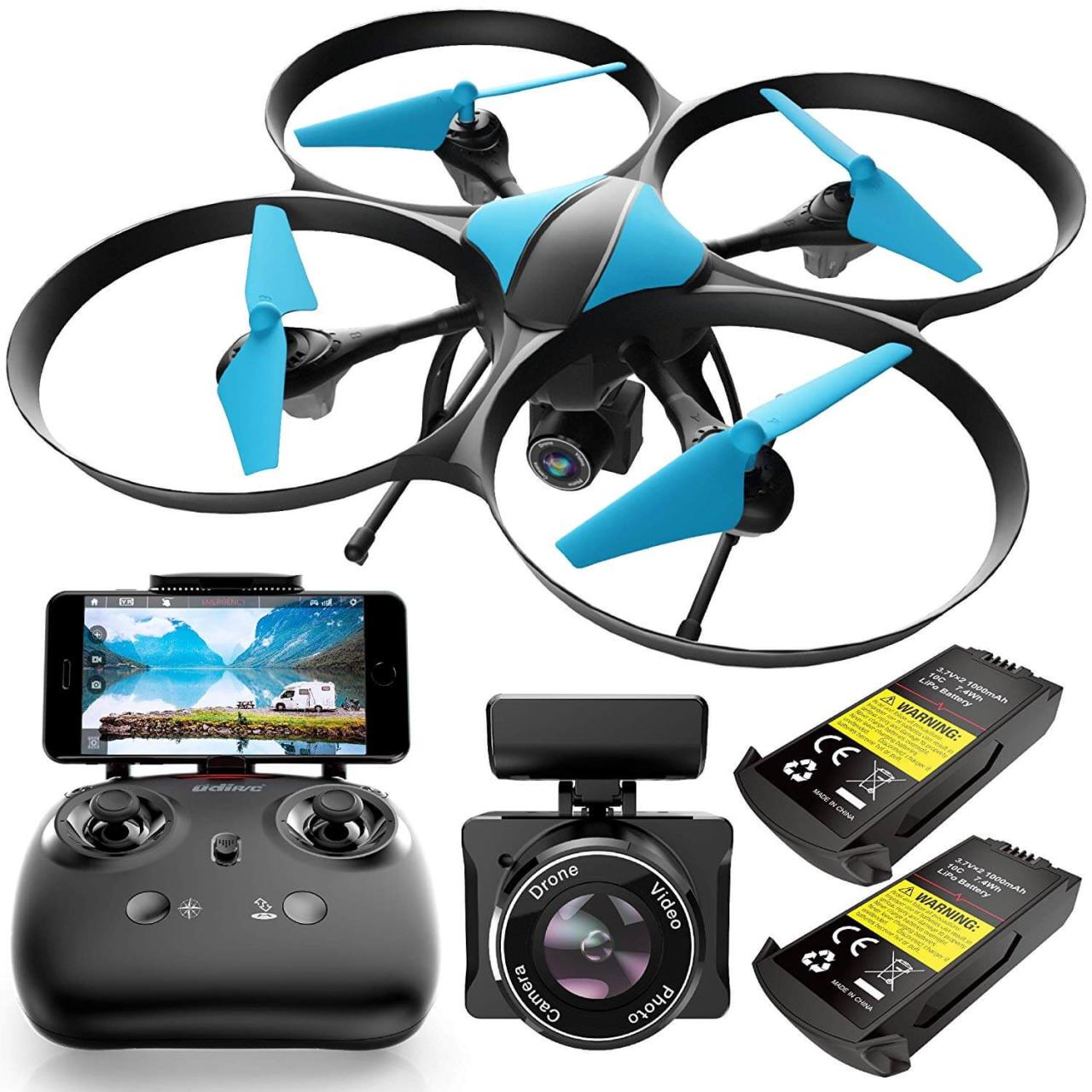Drone with camera technology has revolutionized various sectors, from aerial photography and videography to industrial inspections and search and rescue operations. This comprehensive guide explores the diverse types of drones available, their capabilities, and the legal considerations surrounding their use. We’ll delve into camera specifications, flight safety, and practical applications, equipping you with the knowledge to understand and utilize this powerful technology effectively.
We will examine different drone sizes, from compact nano-drones to larger, heavier-lift models, comparing their flight times, camera resolutions, and stabilization systems. We’ll also discuss the nuances of image quality, affected by factors such as sensor type, aperture, and ISO settings. The guide further covers essential safety protocols, legal regulations, and beneficial accessories that enhance drone capabilities.
Types of Drones with Cameras
The market offers a diverse range of drones with cameras, catering to various needs and budgets. Choosing the right drone depends heavily on intended use, desired image quality, and budget constraints. This section categorizes drones based on size, flight time, and camera capabilities, highlighting their advantages and disadvantages for different applications.
Drone Types, Sizes, and Capabilities
| Type | Size | Flight Time (Approximate) | Camera Features |
|---|---|---|---|
| Nano Drone | Very small, palm-sized | 5-10 minutes | Low-resolution camera (e.g., 720p), limited stabilization |
| Micro Drone | Small, fits in a bag | 10-15 minutes | Higher resolution (e.g., 1080p), basic stabilization |
| Mini Drone | Compact, portable | 15-25 minutes | 1080p or 4K camera, improved stabilization (e.g., 3-axis gimbal) |
| Standard Drone | Larger, more features | 25-40 minutes | 4K camera, advanced stabilization, zoom capabilities |
| Large Drone | Significant size, heavy payload capacity | 40+ minutes | High-resolution camera (e.g., 6K), advanced features (obstacle avoidance, thermal imaging) |
Nano and micro drones are ideal for indoor use or simple aerial shots due to their portability and ease of use, but their flight time and image quality are limited. Mini and standard drones offer a good balance of portability, flight time, and image quality, suitable for most hobbyists and professionals. Large drones, with their extended flight times and superior camera systems, are best suited for professional applications demanding high image quality and long flight durations.
Camera Sensor Comparison: CMOS vs. CCD
Most modern drone cameras utilize CMOS (Complementary Metal-Oxide-Semiconductor) sensors. CMOS sensors are known for their lower power consumption, higher sensitivity in low light, and faster readout speeds, making them well-suited for drone applications. CCD (Charge-Coupled Device) sensors, while offering potentially better image quality in certain situations, consume more power and are less common in drones due to their higher energy demands.
Camera Features and Specifications
Understanding drone camera specifications is crucial for capturing high-quality images and videos. Key features significantly impact the final output.
Impact of Camera Features on Image Quality

Resolution (e.g., 1080p, 4K) determines image detail and clarity. A higher resolution means more detail, enabling larger prints and sharper viewing experiences. Field of view (FOV) dictates the breadth of the scene captured; a wider FOV captures more, while a narrower FOV emphasizes specific subjects. Aperture controls the amount of light entering the lens, influencing depth of field and exposure.
ISO determines the sensor’s sensitivity to light, impacting noise levels (graininess) in low light. Shutter speed affects motion blur; faster speeds freeze motion, while slower speeds can create motion blur effects.
4K vs. 1080p Image Quality Comparison

| Feature | 4K Camera | 1080p Camera |
|---|---|---|
| Detail | Significantly higher detail and clarity | Less detail, noticeable pixelation at larger sizes |
| Clarity | Sharper images, less blurring | Softer images, more prone to blurring |
| Low-Light Performance | Generally better low-light performance, less noise | More noise and grain in low-light conditions |
Drone Flight Capabilities and Safety
Safe and effective drone operation requires understanding factors influencing flight range and implementing safety protocols.
Factors Affecting Drone Flight Range and Safety Hazards
Several factors influence a drone’s flight range and operational safety. Understanding these factors is critical for responsible drone operation.
- Battery Life: Longer flight times require larger, heavier batteries, potentially impacting portability and flight duration.
- Wind Conditions: Strong winds can significantly reduce flight time and controllability, potentially leading to crashes.
- Signal Strength: Obstacles and distance from the controller can weaken the signal, resulting in loss of control.
Safety Hazards and Mitigation Strategies
- Loss of Signal: Always maintain a clear line of sight with the drone and operate within the controller’s range. Consider using a signal booster or range extender.
- Battery Failure: Use high-quality batteries, monitor battery levels carefully, and always have a spare battery available.
- Collisions with Obstacles: Always be aware of your surroundings and avoid flying near obstacles. Consider using obstacle avoidance features if available.
- Adverse Weather Conditions: Avoid flying in strong winds, rain, or snow. Check weather forecasts before each flight.
Pre-Flight Drone Inspection Checklist
A thorough pre-flight inspection is essential for safe and reliable operation.
Drones equipped with cameras offer incredible versatility for photography and videography, opening up exciting new creative avenues. However, before you take to the skies, it’s crucial to understand the regulations; obtaining a transport canada drone license is a necessary step for legal and responsible operation. This ensures safe and compliant use of your drone camera system, protecting both yourself and others.
- Inspect the drone’s body for any damage.
- Check the propellers for damage or looseness.
- Verify the battery is fully charged and properly connected.
- Ensure all components are securely attached.
- Test the motors and controls before takeoff.
- Check the camera and gimbal for proper functionality.
- Confirm sufficient signal strength and clear airspace.
Applications of Drones with Cameras
Drones with cameras have revolutionized various industries, offering efficient and cost-effective solutions for diverse tasks.
Real Estate
Using a drone, we captured stunning aerial footage of a luxury property, showcasing its expansive grounds and unique architectural features. This allowed potential buyers to appreciate the property’s full potential in a way traditional photography simply couldn’t match. The resulting video significantly increased buyer interest and led to a quicker sale.
Agriculture
Our drone equipped with a multispectral camera provided valuable insights into crop health, identifying areas with nutrient deficiencies or disease. This allowed for targeted intervention, minimizing resource waste and maximizing yield. The data collected was far more comprehensive and efficient than traditional ground-based surveys.
Construction
Progress monitoring on a large-scale construction project was dramatically improved using drone imagery. We captured high-resolution photos and videos at regular intervals, documenting the project’s progress and identifying potential issues early on. This enabled proactive problem-solving and kept the project on schedule and within budget.
Search and Rescue
During a wilderness search and rescue operation, a drone equipped with a thermal camera quickly located a missing hiker, significantly reducing search time and improving the chances of a successful rescue. The drone’s ability to cover a vast area quickly proved invaluable.
Benefits and Limitations of Drone Usage in Selected Industries
| Industry | Benefits | Limitations |
|---|---|---|
| Real Estate | Improved property showcasing, wider reach to potential buyers, cost-effective marketing | Weather dependency, regulatory restrictions, potential privacy concerns |
| Agriculture | Precise crop monitoring, early disease detection, efficient resource management | High initial investment, technical expertise required, weather sensitivity |
| Construction | Efficient progress monitoring, improved safety, detailed site documentation | Weather dependency, potential for image distortion, data processing requirements |
Legal and Regulatory Considerations
Operating drones with cameras requires adherence to various regulations and legal frameworks. Understanding these rules is paramount to avoid legal repercussions.
Drone Regulations and Restrictions, Drone with camera
Regulations governing drone operation vary significantly across regions. Before operating a drone, it’s crucial to familiarize yourself with the specific rules and regulations in your area. These regulations often address issues such as registration, licensing, airspace restrictions, and permitted flight zones. Failure to comply with these regulations can result in significant fines or even legal action.
Situations Requiring Special Permits or Restrictions

Certain situations might necessitate special permits or restrict drone operation entirely. Flying near airports, critical infrastructure, or during sensitive events often requires prior authorization. Operating drones in areas with restricted airspace, such as national parks or military installations, is generally prohibited without specific permission.
Legal Implications of Unauthorized Image Capture
Using a drone to capture images or videos without permission can have significant legal consequences. This could involve violating privacy laws, trespassing, or infringing on intellectual property rights. It’s essential to obtain necessary permissions before capturing images or videos of private property or individuals.
Drones equipped with cameras offer a versatile perspective, capturing stunning aerial footage for various applications. For a real-time example of this technology in action, check out the live feed from the port dover live camera , which provides a similar view to what a drone might capture. The capabilities of drone cameras are constantly expanding, pushing the boundaries of what’s possible in aerial photography and videography.
Drone Camera Accessories and Enhancements: Drone With Camera
Several accessories enhance the capabilities and image quality of drone cameras.
Essential Accessories for Professional Drone Photography
- Neutral Density (ND) Filters: Control light exposure, allowing for wider apertures and slower shutter speeds in bright conditions.
- Gimbal: Provides smooth and stable footage, minimizing vibrations and ensuring professional-quality video.
- External Microphones: Capture clearer and higher-quality audio, improving the overall production value of videos.
- Spare Batteries: Extend flight time and allow for longer shooting sessions.
- Carrying Case: Provides safe and convenient transportation and storage of the drone and accessories.
From understanding the intricacies of camera features and flight mechanics to navigating the legal landscape and exploring diverse applications, this guide provides a thorough overview of drone with camera technology. By grasping the advantages and limitations, and implementing appropriate safety measures, individuals and organizations can harness the power of this innovative technology responsibly and effectively across various industries. The future of drone technology is bright, promising even more sophisticated capabilities and wider applications in the years to come.
Answers to Common Questions
How long does a drone battery typically last?
Flight times vary greatly depending on the drone model, battery size, and environmental conditions (wind, temperature). Expect anywhere from 15 minutes to over 40 minutes on a single charge.
What is the best drone for beginners?
Many user-friendly drones are available for beginners. Look for models with features like GPS stabilization, automatic return-to-home functionality, and intuitive controls.
How do I obtain permission to fly a drone in a specific location?
Regulations vary by location. Check with your local aviation authority or government agency for specific permits or restrictions before flying. No-fly zones near airports and other sensitive areas must be strictly adhered to.
Can I use a drone for commercial purposes without a license?
In most jurisdictions, commercial drone operation requires specific licenses and permits. Check your local regulations to ensure compliance.
